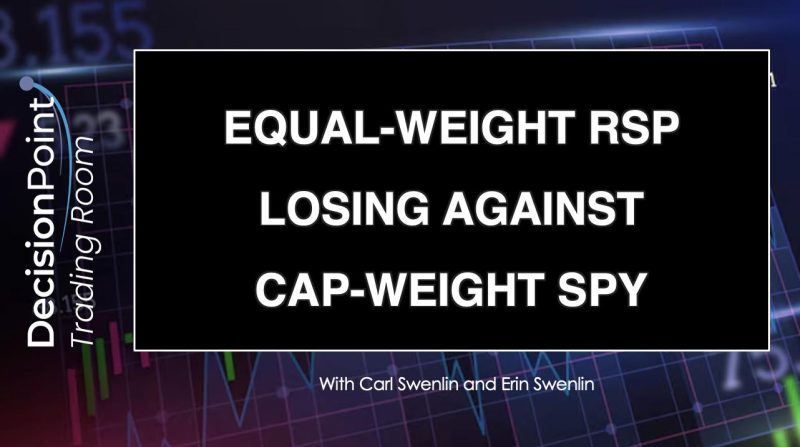In the world of investing, there are multiple strategies that traders can adopt for building and managing their portfolios. One such strategy that has gained popularity in recent years is equal-weight investing. In this article, we will explore the concept of equal-weight investing and how it compares to cap-weight investing, particularly in the context of the SPY exchange-traded fund (ETF).
Equal-weight investing is a strategy where an investor allocates an equal amount of funds to each individual stock within a given index or portfolio. This means that each stock holds the same weight, regardless of its market capitalization or any other factor. On the other hand, cap-weight investing – also known as market-weight investing – allocates funds based on the market capitalization of each stock. This means that larger companies have a higher weighting in the portfolio compared to smaller companies.
The SPY ETF, which tracks the performance of the S&P 500 index, is a widely held and popular investment option for many traders. The SPY ETF is cap-weighted, meaning that it allocates a larger portion of its funds to companies with higher market capitalizations within the S&P 500 index. This results in a portfolio that is heavily skewed towards the largest companies in the index.
One of the key differences between equal-weight and cap-weight investing is the level of diversification within the portfolio. With equal-weight investing, since each stock is given the same weight, there is a more even distribution of funds across all stocks in the index. This can help reduce concentration risk and potentially provide a more balanced exposure to different market segments.
On the other hand, cap-weight investing can lead to a higher concentration of funds in a few large-cap stocks, which may increase the risk associated with those specific companies. While this concentration can potentially result in higher returns if those stocks perform well, it also exposes the portfolio to higher volatility and downside risk if those stocks underperform.
Several studies have shown that over the long term, equal-weight investing can outperform cap-weight investing, especially during periods of market volatility or when smaller companies outperform larger companies. This is because equal-weight investing provides exposure to a broader range of stocks within an index and reduces the reliance on a few top-performing stocks to drive returns.
In conclusion, both equal-weight and cap-weight investing have their pros and cons, and the choice between the two largely depends on an investor’s risk tolerance, investment goals, and market outlook. While cap-weight investing may offer higher returns during certain market conditions, equal-weight investing provides a more diversified and potentially more stable approach to building and managing a portfolio. As with any investment strategy, it is crucial for investors to thoroughly research and understand the implications of each approach before making investment decisions.
